Fat Burning Foods
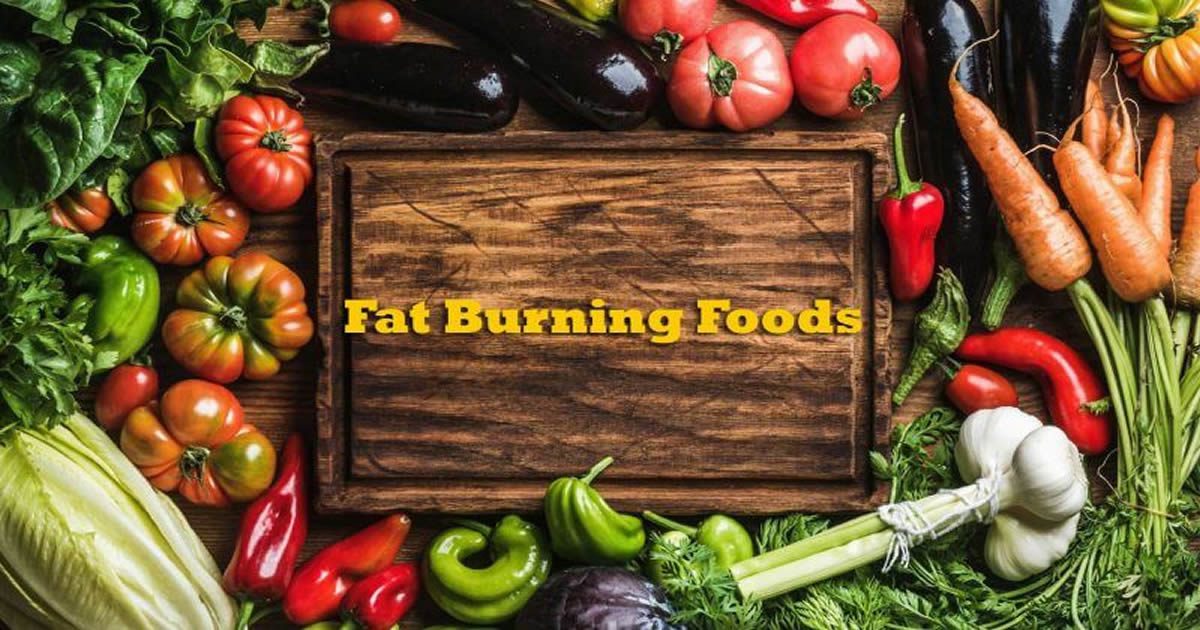
If you have scoured the internet looking for weight loss tips and tricks, congratulations because the search is over! By now you know the textbook answers for how to lose body fat; diet and exercise. We will be the first to apologize because there is no avoiding those two essential things. However, there are some tricks that can help make the process better, smoother and maybe even faster. After all, we love the journey but we just want to get there, right?! For starters, we should discuss the kitchen, the heart of any home. If you are looking to lose weight the food in your shelves, cabinets, fridge and anywhere else should be there to support that decision. In this post we will be discussing fat burning foods, or more directly how the foods you eat can impact your weight loss.
Firstly, if you have searched this topic before you most likely found a few matches between sites. This is simply because they work! There are key nutrients in these foods that make them fat burning foods. So when a food item is particularly rich in that nutrient (or multiple nutrients) we consider it a fat burning food.
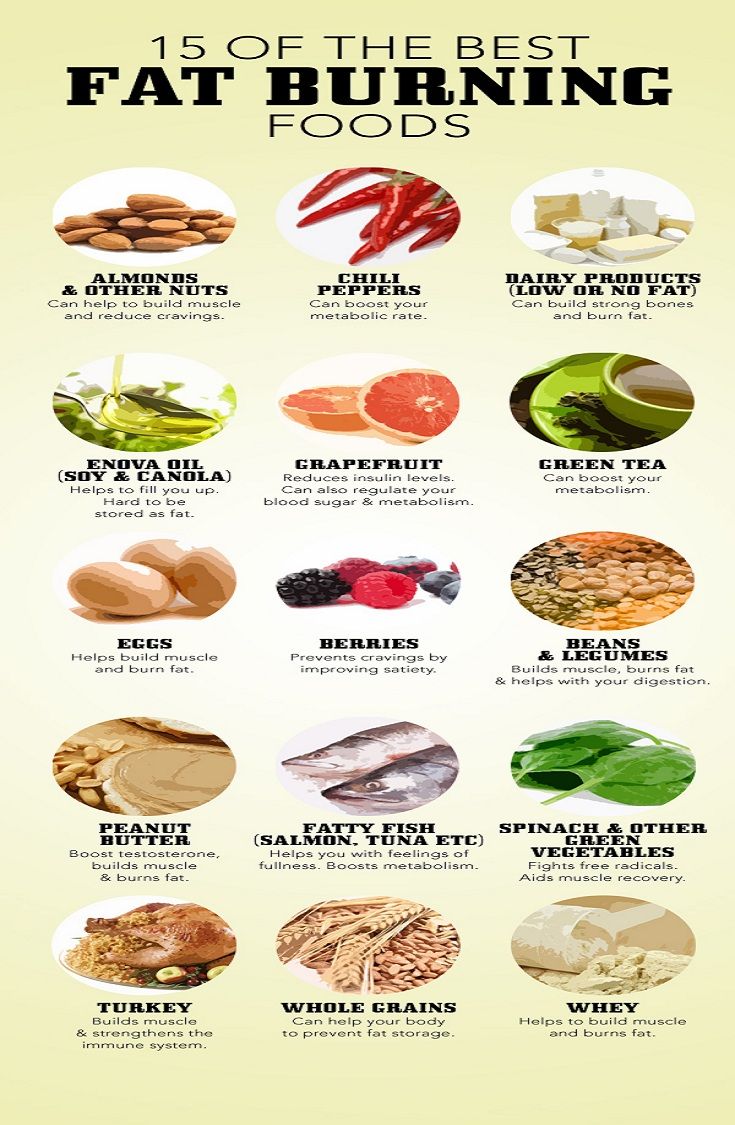
So what are the these key nutrients?
Well there are quite a few of them and this list will be growing as nutrients are researched. The list at the moment stands with the following: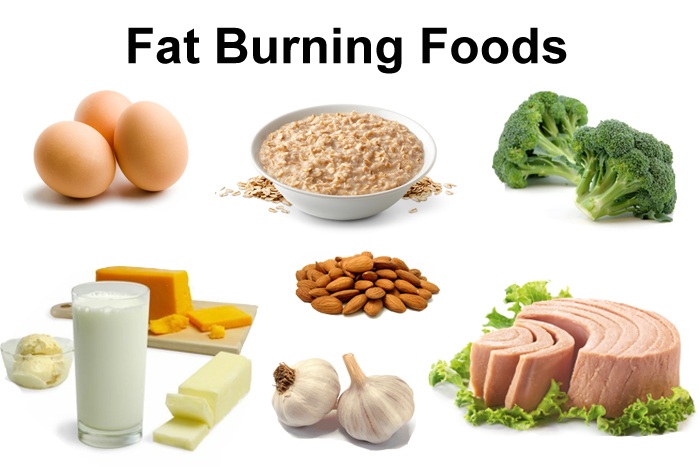
- Omegas
- Fiber
- Probiotics
- Protein
- Slow-Digesting Carbs
- Water
- Prebiotics
- Capsaicin
Diving in Deeper
Why those nutrients and properties? We asked the same questions about fat burning foods and nutrients and here is what we have.
THE FAT BURNING FOODS
OMEGAS 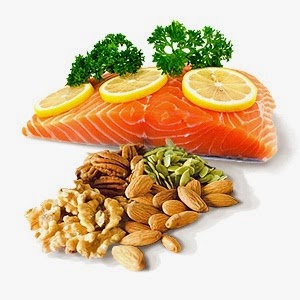
So the common belief when losing weight is that you should eat little to no fat, even subconsciously we grab the food product that promotes being “low fat”. Consequently these food products are typically higher in sugar to make up for the fat in taste. In reality we need certain fats like omega fatty acids. Omega-3 (alpha-linoleic) and Omega-6 (linoleic acid) are essential fatty acids. If we have a deficiency in either or both, multiple bodily processes, including those required for the brain, central nervous system and cell membrane functions, will be slowed down, or stopped. As long as you are eating at a calorie deficit the fatty acids in your blood stream will be burned as energy and therefore will aid in fat burn. Fish oil appears to enhance weight loss, at least in part, by increasing fat metabolism. Researchers indicated that exercise and fish oil contribute independently to weight loss. Those who took fish oil and exercised lost more than those who just took fish oil or exercised.
High Omega 3 and 6 Food Sources: Salmon, Sardines, Anchovies, Flaxseed oil, Hempseed oil, Avocados and Pumpkin seeds
FIBER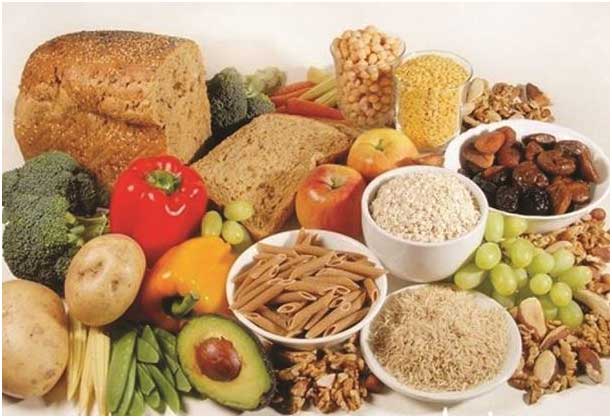
What is fiber? In short, it’s a carbohydrate found in plant foods like fruits, vegetables, and whole grains. A study suggests that something as simple as aiming to eat 30 grams of fiber each day can help you lose weight, lower your blood pressure, and improve your body’s response to insulin just as effectively as a more complicated diet. In addition to weight control, higher fiber diets can also help to prevent type 2 diabetes and cardiovascular disease. Fiber has no magical fat-burning properties. It simply helps you feel full without adding a lot of extra calories to your diet.
High Fiber Food Sources: Raspberries, Pears (with skin), Apples (with skin), Oatmeal, Split peas, Lentils, Black beans, Artichoke and Green peas.
PROBIOTICS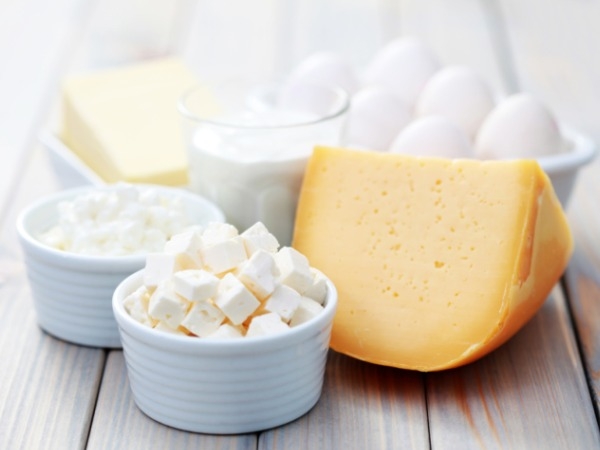
There are hundreds of different microorganisms in your digestive system. The majority of these are bacteria, most of which are friendly. Friendly bacteria produce several important nutrients, including vitamin K and certain B-vitamins. It is thought that certain probiotics may inhibit the absorption of dietary fat. Bacteria, such as those from the Lactobacillus family, have been found to function in this way. Probiotics also help release the satiety (appetite-reducing) hormone GLP-1. Increased levels of this hormone may help you burn calories and fat. They also may increase levels of the protein ANGPTL4. This may lead to decreased fat storage. But that’s not all, probiotics also may reduce systemic inflammation and protect against obesity and other diseases.
Probiotic Food Sources: Kefir, Yogurt, Raw Cheese, Apple cider vinegar, and Miso.
PROTEIN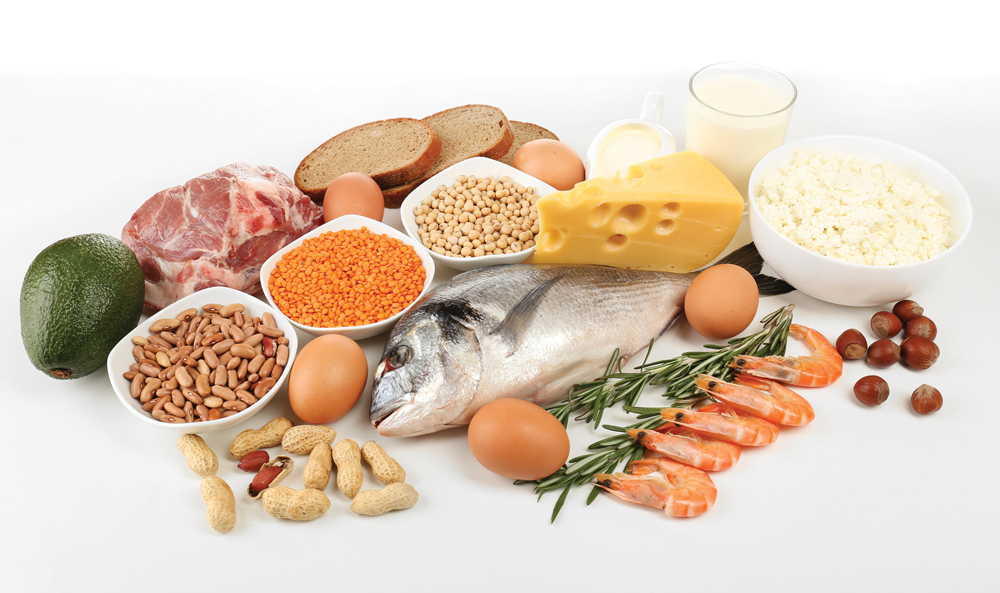
Your weight is actively regulated by your brain. In order for your brain to determine when and how much to eat, it processes multiple different types of information. A higher protein intake actually increases levels of the satiety hormones GLP-1, peptide YY and cholecystokinin, while reducing your levels of the hunger hormone ghrelin. By replacing carbs and fat with protein, you reduce the hunger hormone and boost several satiety hormones. This leads to a major reduction in hunger and is the main reason protein helps you lose weight.
Weight loss doesn’t always equal fat loss. When you lose weight, muscle mass tends to be reduced as well. However, what you really want to lose is body fat, both subcutaneous fat (under the skin) and visceral fat (around organs). Losing muscle is a side effect of weight loss that most people don’t want. Another side effect of losing weight is that the metabolic rate tends to decrease. In other words, you end up burning fewer calories than you did before you lost the weight. Eating plenty of protein can reduce muscle loss, which should help keep your metabolic rate higher as you lose body fat. Strength training is another major factor that can reduce muscle loss and metabolic slowdown when losing weight. For this reason, a high protein intake and heavy strength training are two important components of an effective fat loss plan.
High Protein Food Sources: Lean Chicken Breast, Pork Chops, Tuna, Salmon, Trout, Lean Beef Steak, Firm Tofu, Beans, Lentils and Eggs.
SLOW-DIGESTING CARBS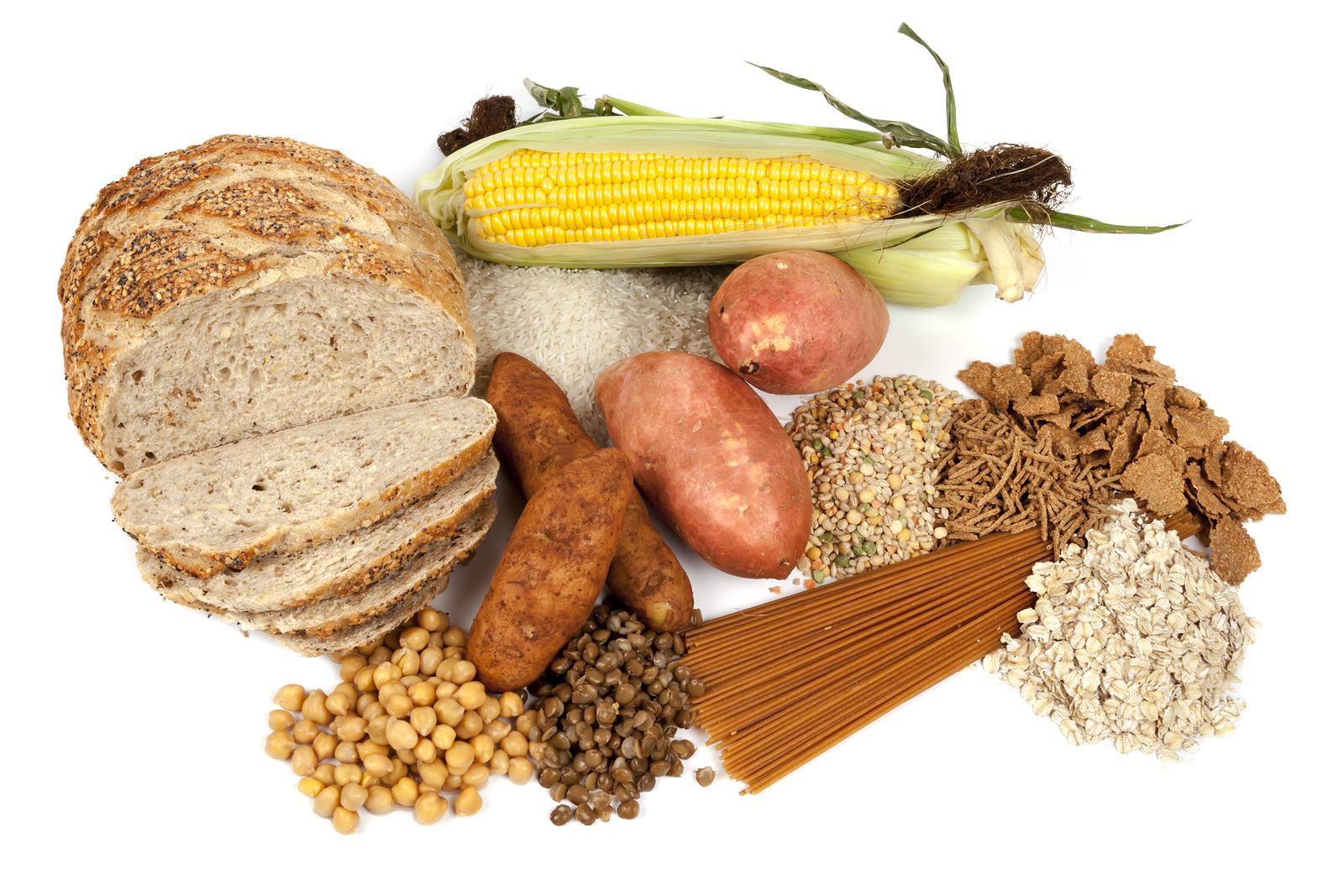
By eating slow-burning (low-glycemic) carbs, you not only stave off catabolism but also keep blood-sugar levels in check, which helps offset fatigue while preventing insulin spikes. Research shows that athletes who consume slow carbs have more energy during workouts, and burn more fat as they train and throughout the rest of the day. The body’s preferred source of fuel for most everyday activity is carbohydrates. And your brain and red blood cells rely on carbs almost exclusively for fuel. So the importance of carbs in your diet is essential. We would also like to make it clear that slow-carbs/ slow-digesting carbs is not the same as low carbs.
Slow-Digesting Carbs Food Sources: Peanuts, Most beans, Lentils, Barley, Oats, Many fruits, Non-starchy vegetables and most whole wheat foods.
WATER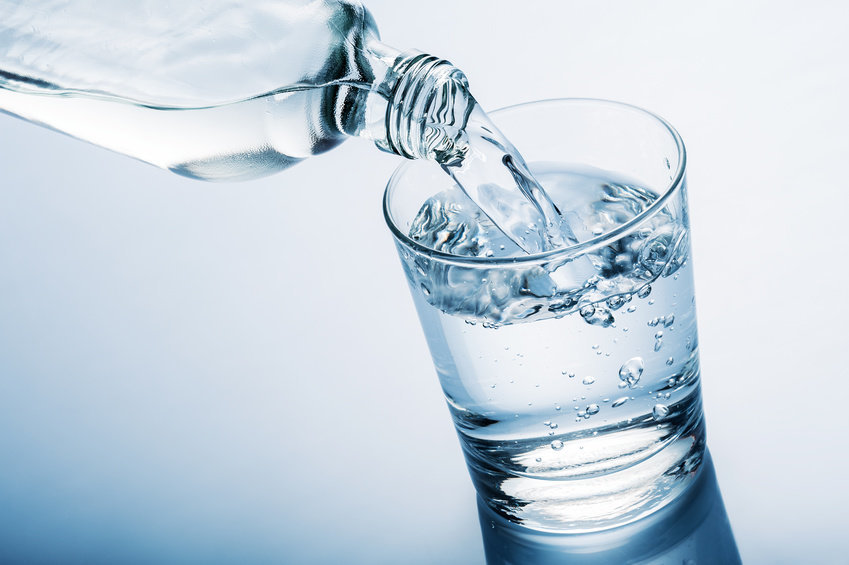
Drinking water increases the amount of calories you burn, which is known as resting energy expenditure. Several studies have monitored overweight people who drank 1-1.5 liters (34–50 oz) of water daily for a few weeks. They found a significant reduction in weight, body mass index (BMI), waist circumference and body fat. These results may be even more impressive when the water is cold. When you drink cold water, your body uses extra calories to warm the water up to body temperature. Drinking water before meals may reduce appetite in middle-aged and older individuals. This decreases calorie intake, leading to weight loss. According to the studies, 1–2 liters of water per day is enough to assist with weight loss, especially when consumed before meals.
PREBIOTICS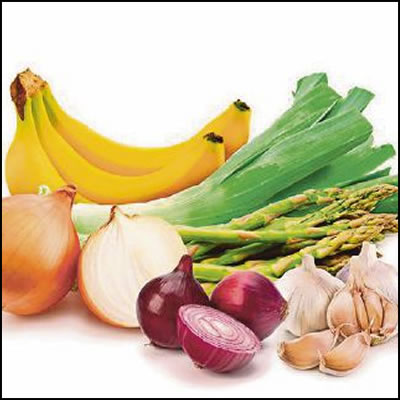
By definition, prebiotics are a type of non-digestible fiber compound. Prebiotics are necessary for creating an environment in the gut where good bacteria can thrive because the probiotic cultures feed on the ingredients of the prebiotic. Foods rich in prebiotics promote a sense of fullness or satiety, which aids in appetite control. Prebiotic foods have also been shown to improve metabolic health and even help prevent certain diseases.
Prebiotic Rich Food Sources: Chicory root, Dandelion greens, Jerusalem artichoke, Garlic, Onions, Leeks, Asparagus, Bananas, and Flaxseed oil.
CAPSAICIN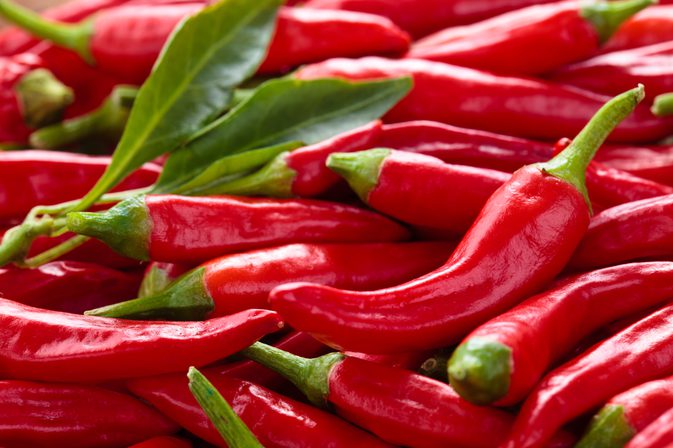
Capsaicin, a compound present in peppers that helps in weight loss by regulating various body mechanisms. The amount of capsaicin in various kinds of peppers like green chilies, red chilies, capsicum, bell peppers, and jalapeno differs. The more capsaicin in pepper, the spicier it becomes. Capsaicin has been known to show anticancer, anti-diabetic, anti-inflammatory, antioxidant, analgesic and anti-microbial properties. Moreover, it helps in reducing cholesterol, blood pressure, and glucose levels. Capsaicin increases metabolism. By increasing the metabolic capacity of the body, capsaicin aids in burning more calories and reducing body weight. Capsaicin consumption leads to the release of satiety hormones in the body, which promotes a feeling of fullness. Thus it reduces food intake by decreasing the desire to eat and preventing overeating.
High Capsaicin Food Sources: all types of peppers.
So To Conclude..
All in all, weight loss doesn’t have to be a struggle. You can incorporate the listed fat burning foods to your diet and enjoy the benefits! Or you can opt for supplements to help where fat burning foods can’t and get reach you goals at the pace you want.
